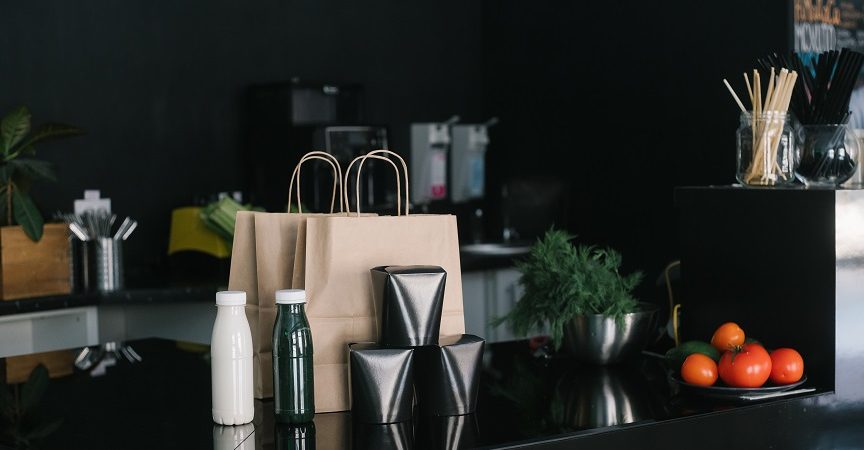A Look Into Foodservice During Lockdown Part 2: How long can restaurants survive the fast?
With lockdown reimposed on my hometown of Toronto, it’s easy to succumb to a swelling sense of economic gloom and general malaise. But then, there is so much refreshingly good news in the present mix. The restoration of political normalcy stateside, and the imminent prospect of the distribution of effective COVID vaccines. And our second restaurant lockdown differs considerably from the first not just because of this light at the end of the tunnel, but because there are fewer unknowns and a whole lot more useful experience to help with the difficult journey there.
“The first lockdown was so stressful,” Rob Bragagnolo, the chef and restaurateur behind the Spanish restaurant Labora, on King St. W., conceded. “Trying to do takeout for the first time, we had to figure all that out. We’d done sandwiches before. But it’s different using your best ingredients and not knowing how it’s going to turn out at the other end. Now, we have that all worked out.”
It’s a start, for sure. Yes, his staff of 20-25 is now down to two or three–including himself and his wife. There’s no money to be made. But Labora is keeping the lights on, and they know what they’re dealing with, mostly.
“Paella works quite well for takeout, it’s our main thing,” Bragagnolo continued. “If you’ve got takeout, and you’ve got demand, that’s good. Things could be better. They could be worse.”
On the positive side, they’ve come this far. And more important are those extremely encouraging results–from not one but three separate vaccines, all of which Canada has on pre-order. We don’t yet know when they’ll arrive, but at least between the first three and a clutch of others in phase 3 trial, an end to debilitating COVID restrictions suddenly seems more imminent than we could recently have dared to hope.
On the negative front, there’s the rent subsidy situation. The collaborative federal-provincial program Canada Emergency Commercial Rent Assistance (CECRA) paid up to 75% of rent for a small business like Labora for six months. Without it, they would not have made it this far. But the program ended at the end of September. Its replacement program, the Canada Emergency Rent Subsidy (CERS) has been announced, declared retroactive to September 27th and effective until June 30th, 2021–but so far program details have only been formalised to December 21st. Confusion persists, and until that is resolved, the goodwill of landlords is crucial.
“Some landlords have been exceptional,” Oliver & Bonacini’s Corporate Executive Chef Anthony Walsh volunteered on the day Toronto’s second lockdown was announced. “Some, the opposite. I understand. They need money too. But we’ve got to work together to get through this.”
When it was last fully operational, in February, O&B had 26 restaurants–from Montreal to Saskatoon, Edmonton, Calgary, and across Ontario, where they are centred in Toronto. They’ve since laid off thousands. And each market’s differing conditions and degrees of restriction and lockdown complicate the thinking behind next moves.
Montreal’s bars and restaurants shut for their second lockdown on September 28th and at latest provincial assessment were destined to remain closed until January 11th. Alberta’s burgeoning caseload suggests an imminent lockdown there. And given the current, unrelenting daily tally of new cases in Ontario, it seems less likely that Toronto’s latest lockdown will be lifted on the December 21st than it will be extended, as was Montreal’s. Surviving this evolving battle requires experience.
“We’ve learned a few things,” Walsh asserted. “The last time was a gong show. We were trying to muddle through with a grocery program that wad no experience with. This time we know how to do it. I mean, last time on Mother’s Day we did just 50 deliveries. Now we’re doing 250 a day. We’re also selling frozen meal kits through Sobie’s. [COVID means that] you have to be more creative and more aggressive than ever before. Surviving is all about agility–the pivot, as everyone keeps calling it.”
And obviously, the only pivot that matters is to takeout. Any restaurateur or chef who thinks it doesn’t fit their brand or style of food needs to re-evaluate. As one leading Realis & Chateau chef pointed out to me ruefully, stateside even Thomas Keller and Grant Achatz are doing it. And if those multi Michelin-star decorated culinary superstars can do takeout, so must everyone.
“DoorDash and UberEats are keeping places open,” the executive chef at an enormously successful Vancouver-based national chain told me plainly, “Nobody likes their fees–but if you cut them out of your takeout program your sales are going to go down 30-40%. I know–because we tried it.”
So, chalk that one up in the things-we-now-know column as we head into the second wave. And if you think that doesn’t leave much room for profit, well, remember that survival and not profit is now the point.
“There’s no profit in any of this,” chef Walsh summarized. “The more you do, the less you hemorrhage. But in the end, there is no profit. Nothing. Zero.”
That’s how bad things have been: even nothing is better than what came before. But financially speaking, treading water is a lot more palatable when you know for sure that something better is coming. 2021 will offer what 2020 couldn’t: an end to all this. Let’s just hope that restaurants get what they need to make it to that finish line.









